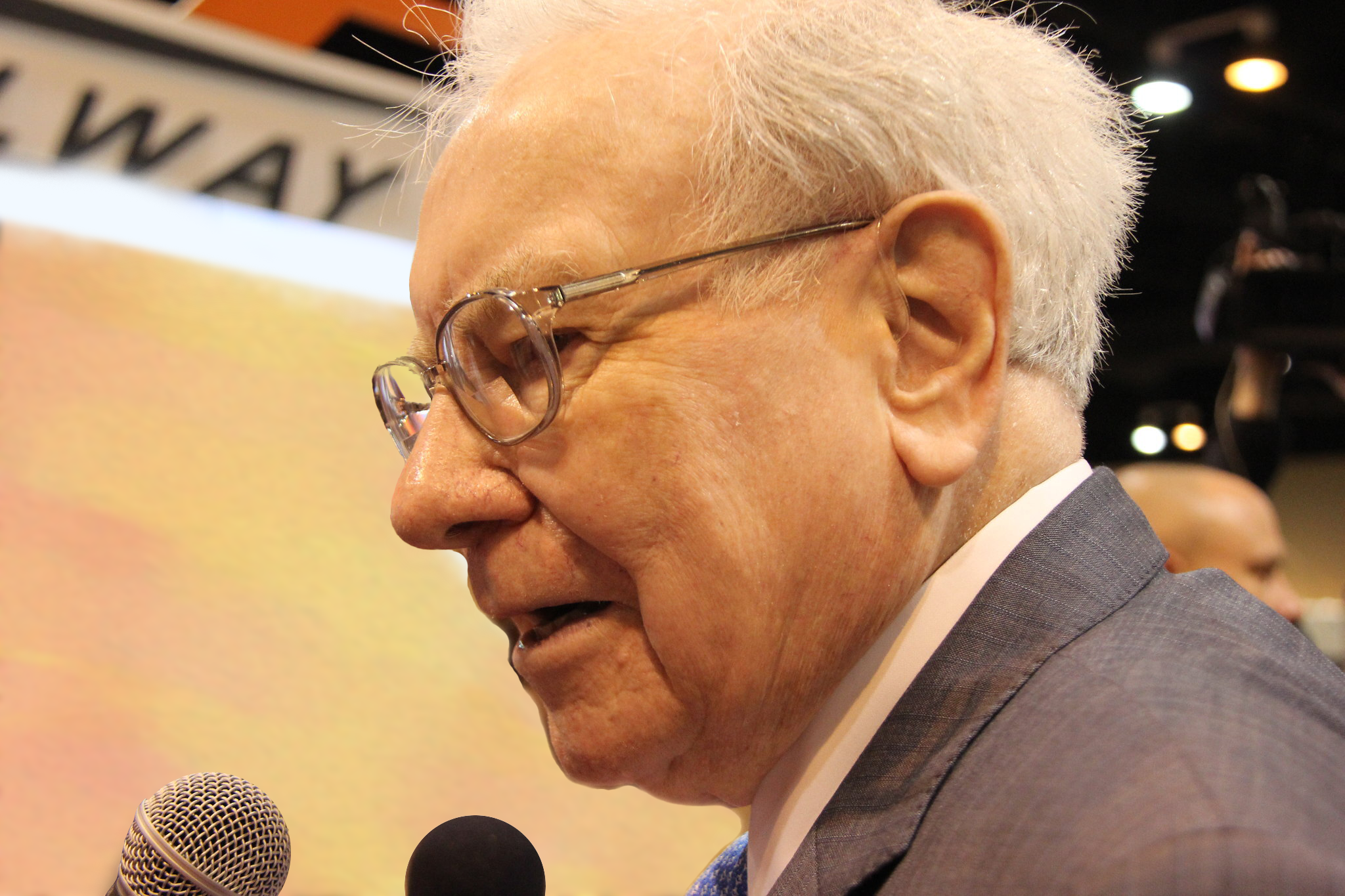Whether you're a new investor or have been trading for a while, you've probably come across the concept of options. In some circles they're very popular, with an average volume of more than 50 million contracts being traded daily, according to Market Chameleon. And brokerages such as Robinhood Markets make them extremely accessible.
But that doesn't mean they're a good idea -- especially if you're a new investor. In fact, Motley Fool Chief Executive Officer Tom Gardner recently issued a stark warning about rookie investors who are interested in options.
Here's what he said in a recent interview: "I understand that you think you can take a little bit amount of money and multiply it quickly by utilizing options, but options, first and foremost, are most effectively used by those as a hedge, as an income generating hedge, not as a go for the gold. They are marketed as go for the gold, and I can't tell you how many people have made their next call in their investment life into the Motley Fool site to say, I just blew a lot of money on options, and I now want to learn what the hell I'm doing."
Losing money in an options trade can be an expensive lesson, particularly because in some trades you can be on the hook for a lot of money should the market move against you.
Let's look at how seasoned investors use options as a hedge, and why it's a dangerous practice for those who are just starting out.

Image source: Getty Images.
How options can ruin your day
Options transactions are a contract to buy (a call) or sell (a put) shares of a stock or exchange-traded fund (ETF). A standard options contract involves buying or selling 100 shares of the equity or ETF, with the transaction taking place at a predetermined price and time period.
Investors can use options as a conservative strategy to generate income from stocks they already own by using a covered call strategy. For instance, imagine you have 100 shares of Microsoft, which you purchased a couple of years ago at $300 per share. Today, Microsoft is priced at roughly $496 per share, so you set a strike price of $510 with an expiration that's two weeks in the future.
Now your buyer has the right to buy those shares, and for that right they pay you a premium. If Microsoft's price never reaches $510, the buyer will allow their call option to expire and you get to keep your premium. If the stock goes higher than $510, then your buyer will likely exercise their right to buy the stock. You will have to sell your 100 shares at $510, which at that point would be below market price. But you still have the premium, plus you made $210 per share from the point where you first bought Microsoft. So, congratulations, you just made $21,000.
But here's where things can go drastically wrong: In the scenario above, you are completely insulated from loss -- in fact, the only thing that you risk losing is if Microsoft rises $50 per share, and you only get to profit $14 per share instead of $50.
But some options traders do what's called a "naked call" strategy, in which they offer 100 shares of Microsoft on the open market without owning the shares. They're just hoping to get that sweet premium. And then to keep this example going, imagine that our doomed investor didn't anticipate that Microsoft would jump in price.

NASDAQ: MSFT
Key Data Points
Now your buyer exercises their option, which means suddenly you are on the hook to buy 100 shares of Microsoft at $546 each, and then sell them at $510. You just lost $3,600.
And the options world can be even scarier with put options, which means you are promising to buy 100 shares of a stock. Again, let's use Microsoft at our example, and you know that it's currently priced at $496. You are betting that the price is going to drop in the next month, so you set a strike price of $480, and collect the premium to compensate you for that commitment. You're betting that Microsoft will stay higher than $480 so you can keep the premium and the option will expire.
But what happens if Microsoft tanks to $450? Suddenly the person who owns Microsoft gladly exercises the put option because the strike price is $30 per share more than the market value. But you are suddenly on the hook for $48,000 worth of stock. And that's a bad moment.
That's why, as Gardner says, it's understandable if the professionals use options as a conservative hedge to increase their portfolio's value. But it's way too easy for a novice investor to get in over their head -- particularly if they don't own the stock or don't have any desire to own the stock.
Those are life-altering mistakes that need to be avoided at all costs.






